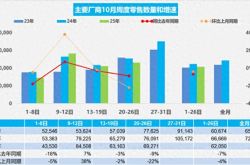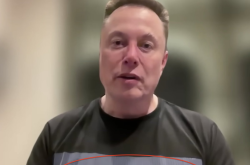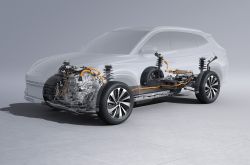Why Don't Domestic Mobile Phones Support Qi2? Compliance Issues or Technological Inferiority
![]() 03/19 2025
03/19 2025
![]() 670
670
At the recently concluded MWC25, Xiaomi's "modular optical system" garnered widespread attention from both domestic and international media, with numerous overseas outlets providing positive evaluations of this innovative hardware approach. However, from the commentary of overseas technology media, Xiao Lei also observed an intriguing point—some speculated that Xiaomi's lack of support for Qi2 wireless charging is due to the need to place laser communication modules beneath the phone.
It must be said that overseas media have a rather superficial understanding of the market and even of brands. As we all know, there are essentially two reasons why domestic mobile phone brands do not adopt Qi2 wireless charging: they are either not permitted to use it or they do not deem it valuable.
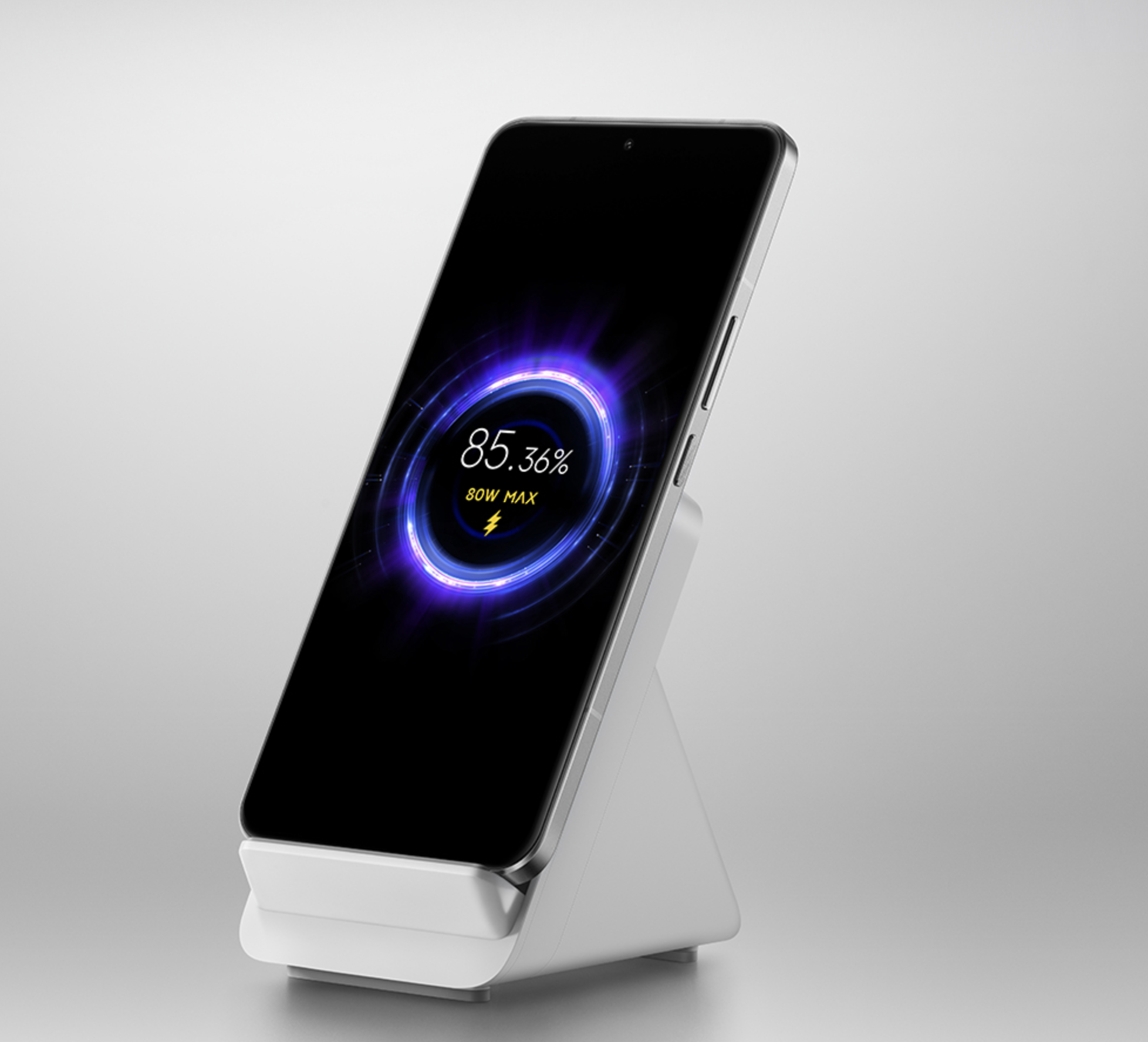
Image source: Xiaomi
First, let's address why it's not permitted: The "Provisional Regulations on Radio Management of Wireless Charging (Power Transmission) Equipment" implemented in September 2024 specifies that "the operating frequency range of mobile and portable wireless charging equipment is 100-148.5kHz, 6765-6795kHz, and 13553-13567kHz bands," but Qi2 operates at 360Hz, which falls outside the allowed range specified in the "Regulations".
To comply with regulations, domestic mobile phone brands cannot support Qi2 wireless charging, nor can they do so in a compatible manner.
Is Qi2 indeed outdated technology?
After discussing why it's not permitted, let's delve into the issue of "not worth it." According to Qi2's technical guidelines, the maximum allowed wireless power under the current framework is 15W. While some overseas brands make minor adjustments based on Qi2, the overall power does not exceed 20W.
However, in September 2024, the Ministry of Industry and Information Technology relaxed the restrictions on wireless charging technology in the "Provisional Regulations on Radio Management of Wireless Charging (Power Transmission) Equipment," increasing the rated transmission power of wireless charging from 50W to 80W. Following the adjustment, domestic mobile phone brands quickly responded and restored 80W high-power wireless charging within a short period.
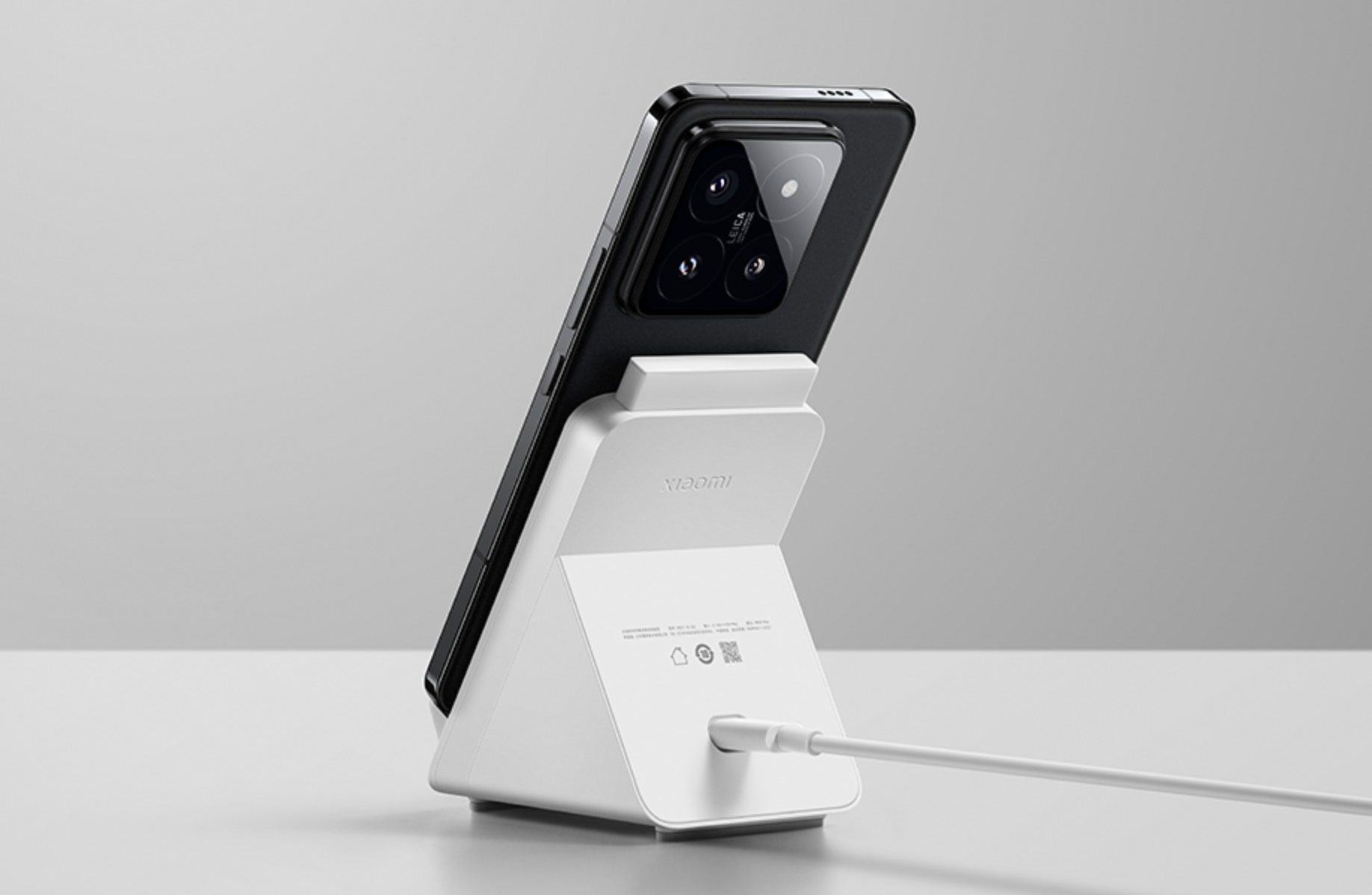
Image source: Xiaomi
While 80W wireless fast charging still lags behind the previous 100W "full-power" wireless fast charging, compared to overseas counterparts, 80W is already "alien technology" that their wired "fast charging" cannot match. This disparity cannot be compensated for by the power supply format: It's true that the United States and Japan use 110V low-voltage electricity, but European voltage is generally 220V-240V, similar to China, and even domestic fast chargers can be used directly in Europe.
In other words, domestic mobile phone brands do not use Qi2, and this is not even a cost-driven business decision. It's simply because Qi2 is outdated technology that domestic brands and consumers do not deem valuable. From this perspective, in the realm of wireless charging, domestic mobile phone brands should develop solutions that better align with the needs of Chinese consumers, rather than mimicking overseas practices.
How do domestic accessory brands balance two charging systems?
That said, while the high-power "true fast charging" of domestic mobile phone brands offers an exceptional charging experience to domestic consumers, it poses more complex challenges for accessory brands with overseas operations.
Taking well-known consumer electronics brands Baseus and Anker as examples, the charging products of these two brands are highly popular in both domestic and overseas markets (Anker began its overseas expansion earlier, while Baseus's overseas offerings primarily consist of audio products). If the charging capabilities of the domestic mobile phone industry were as underdeveloped as those of overseas enterprises, the brands would only need to prepare one product line to serve both markets simultaneously.
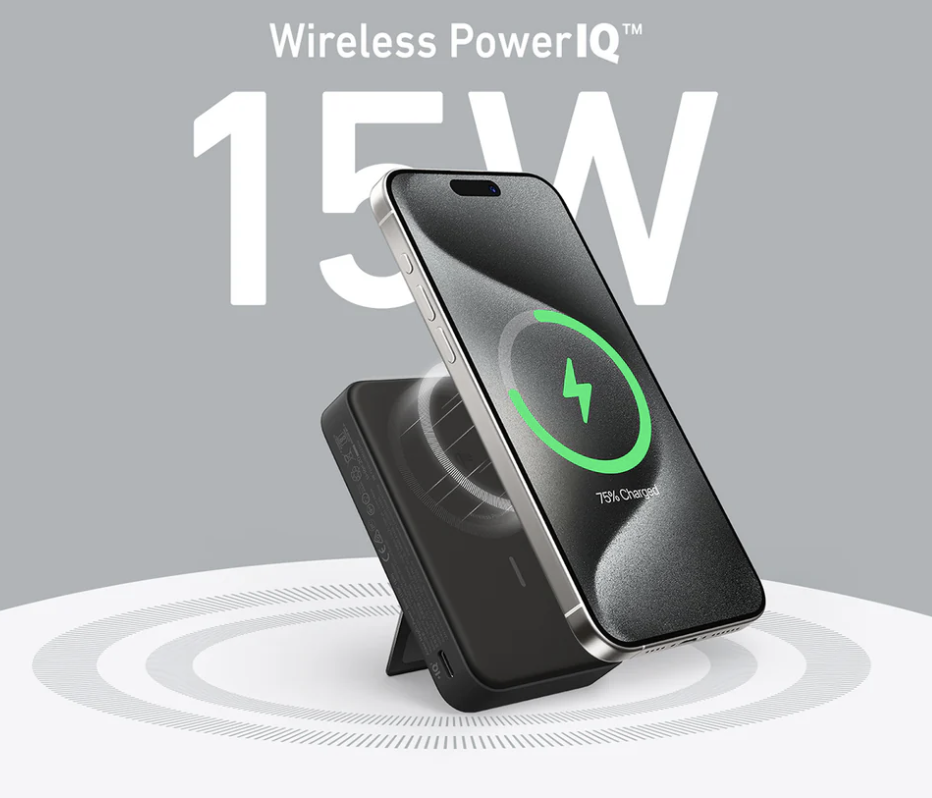
Image source: Anker
However, the reality is that the charging capabilities of the domestic mobile phone market are "light-years ahead." For instance, a 45W gallium nitride charger is considered a "universal charger for mobile phones and tablets" in overseas markets; but in the domestic market, 45W barely meets half the power demand of a mobile phone.
Furthermore, the proprietary charging formats of domestic mobile phone brands pose a significant challenge to third-party power accessory brands. Although some brands have attempted to integrate the proprietary fast charging formats of mobile phone brands into their high-power chargers, the coverage remains relatively limited.
In overseas markets, where compatibility with Qi2 is the norm (referring to the Qi2 power supply mode with pre-embedded magnets in the phone), accessory brands also require a specialized wireless charging solution for the Qi2 mode. Technically speaking, integrating two different wireless charging formats into one product and using software to disable the Qi2 mode for domestically sold charging products is feasible, and some brands indeed adopt this approach.
However, for most brands, this one-hardware-two-formats approach results in waste in both markets. A unified hardware strategy can reduce production and logistics costs to a certain extent, but in the long run, such an approach will only hinder the brand's technological innovation, leading to neglect in one area while focusing on another, and making it difficult to promote truly meaningful product upgrades and innovations on a global scale.
Is a unified standard the ultimate goal for the domestic charging industry?
Judging from the support for wireless charging by Chinese and foreign brands, Xiao Lei believes that the development of global wireless charging technology has reached a critical juncture where the direction needs to be redefined. In simpler terms, it's time for Chinese brands to make decisions about the future trajectory of the wireless charging industry.
From a technical standpoint, Chinese brands have long been ahead in the field of wireless charging. Instead of continuing to adhere to international standards, it would be more beneficial to leverage existing technological advancements to promote wireless charging standards that better meet market demands. Given the restrictions imposed by the "Regulations," mobile phone brands have been unable to increase the power limit of wireless charging. In such a scenario, it would be wiser for different mobile phone brands to collaborate and create a non-proprietary wireless charging system to enhance the user experience of wireless charging beyond high-power fast charging.
From an industrial chain perspective, Chinese manufacturers already possess the capability to establish their own wireless charging standards. Considering the widespread application of wireless charging technology in smart homes, IoT devices, and other fields, establishing a wireless charging alliance system centered on Chinese brands can also form a closed loop for technological development in related industries such as smart homes.
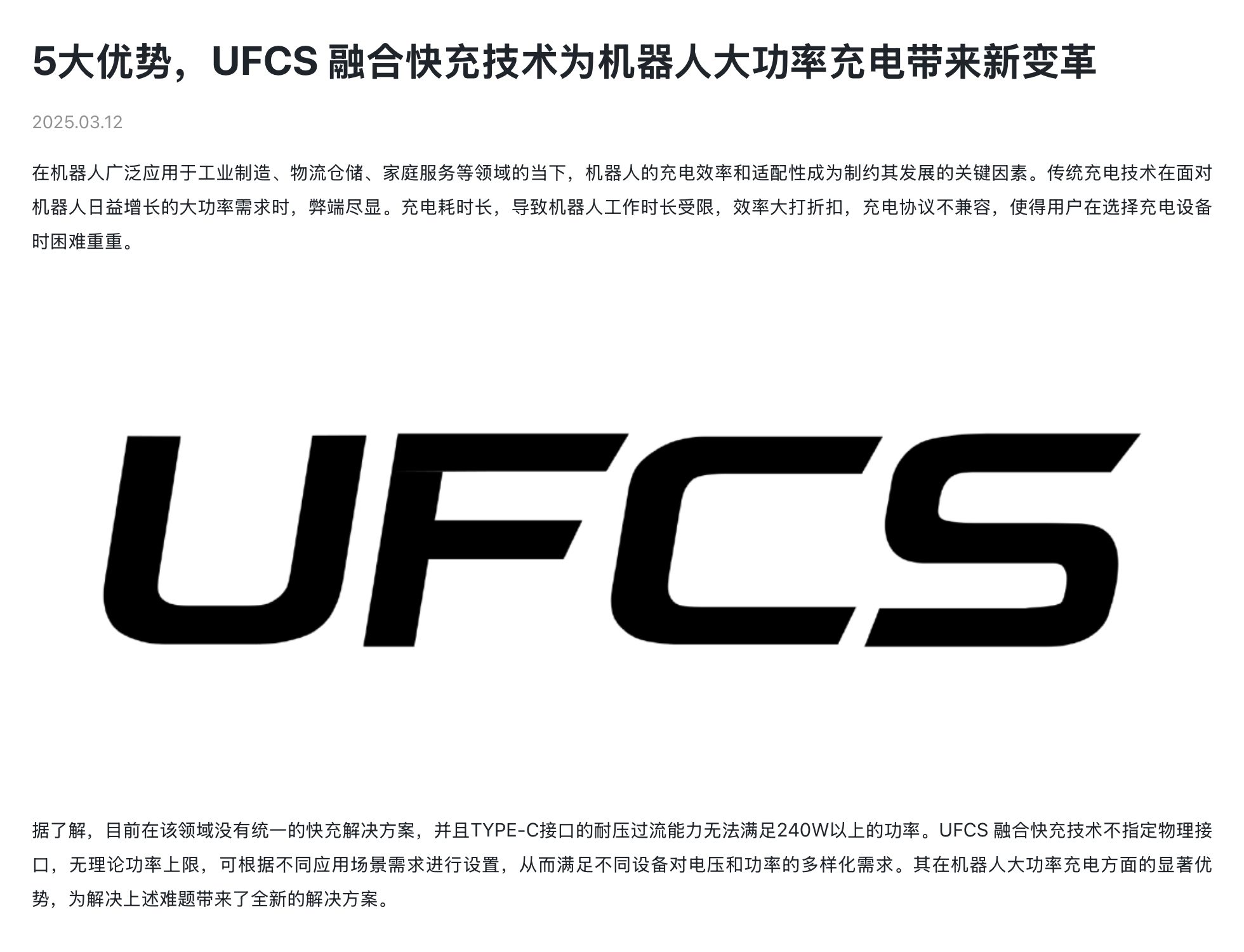
Image source: Quick Charge Alliance
Moreover, the exploration of Chinese wireless charging standards can elevate the status of Chinese brands in the global technology market. As significant contributors to the 5G standard, Chinese brands have accumulated considerable discourse power in the field of mobile communications. In the realm of wireless charging, Chinese brands also have the opportunity to provide new solutions for the future growth of the global wireless charging industry by establishing their own standard system.
In fact, the promotion of the Qi2 format in the overseas mobile phone market has not been entirely smooth. Most mobile phone brands only "passively" support the Qi2 charging format, and many have never even considered the built-in magnets required by Qi2. This limited adoption of Qi2 not only highlights the shortcomings of the existing wireless charging system but also suggests that Chinese brands do not need to be constrained by the Qi2 standard.
Rather than passively supporting Qi2, domestic mobile phone brands might as well forge their own path and establish an independent wireless charging technology system. From user needs to the industrial ecosystem, Chinese manufacturers fully possess the potential to become leaders in the field of wireless charging technology and steer the industry towards a more efficient and practical direction.
It's evident that the fate of Qi2 is already sealed, but the future of wireless charging will undoubtedly extend beyond this. Rather than dwelling on 18W wireless "fast charging," it's better to leave the innovative market to Chinese manufacturers and let Chinese brands lead the world in charging technology.
Source: Lei Technology



